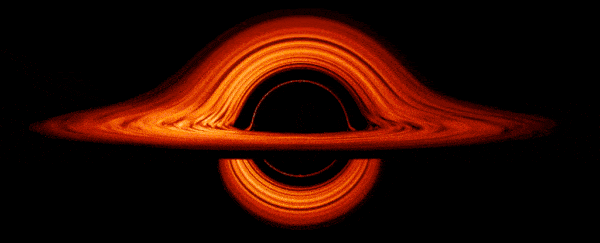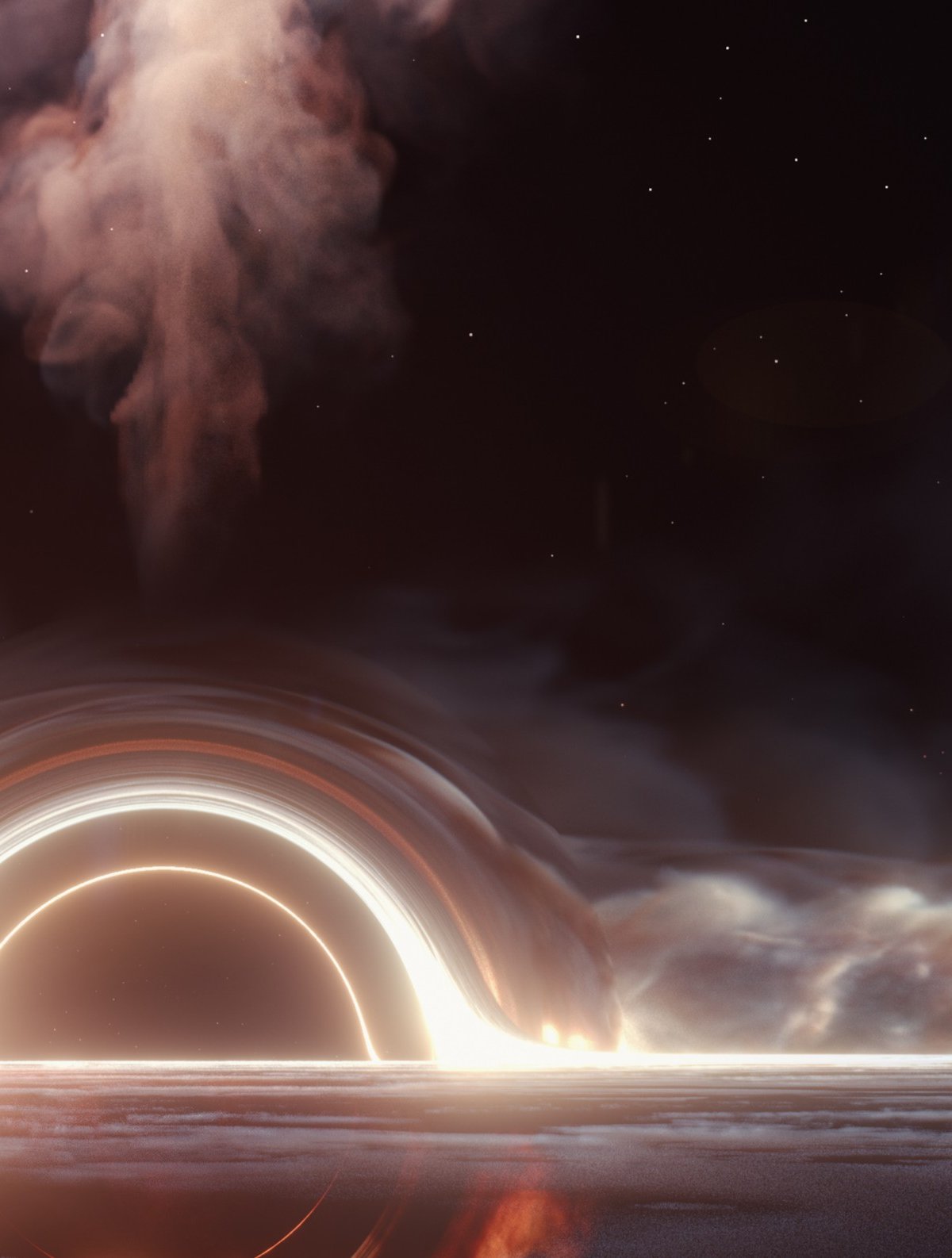A team of scientists uses the Dark Energy Spectroscopic Instrument (DESI) to map the universe in 3D tested the hypothesis of a connection between dark energy (EE) and black holes.
They suggest that cosmologically coupled black holes (linked to the evolution of the Universe) may be the physical origin of dark energy, the mysterious force accelerating cosmic expansion. According to researchers, since the formation of black holes is directly related to the formation of stars, dark energy naturally develops over time.
The lead author of the study, Kevin Croker from Arizona State University in the USA, said: “If black holes contain dark energy, They can attach to the expanding universe and grow, causing their growth to accelerate.” While the new research cannot reveal details of how this happens, it does provide “some clues that this is happening,” he says in a statement.
Dark energy is sought in black holes
To look for signs of dark energy from black holes, the team searched tens of millions of distant galaxies, whose light spectra were collected by DESI. The device, officially opened in 2021, “looks” billions of years into the past and can accurately determine the expansion rate of the Universe.
Since this data can be used to infer changes in the amount of dark energy, the team compared the values to the amount of black holes formed as a result of massive stellar deaths that have occurred over cosmic time.
Surprisingly, the two phenomena proved to be consistent; that is, the more black holes were “produced” by the death of massive stars, the more EE in the Universe increased at the same rate. “This makes it more convincing that black holes are the source of dark energy.”celebrates co-author Duncan Farrah of the University of Hawaii in a publication.
Significance of research for cosmological coupling theory

The current research adds to the scientific community’s broader efforts investigating the possibility of cosmological coupling in black holes (a 1944 theory). A previous study conducted last year by most of the authors of this paper explored the connection between dark energy and supermassive black holes through their growth rates in galactic centers.
On the other hand, the approach of the current article is aims to connect black holes to dark energy when they are born. This means that most of the black holes are younger than those in the other study. They were born at a time when star formation was already more advanced, rather than in the initial state of the universe.
According to Croker, the next step is to locate these black holes and follow their movements over the last eight billion years. What was once a daunting task can now be done with DESI, and it’s just getting started.
Source: Tec Mundo
I’m Blaine Morgan, an experienced journalist and writer with over 8 years of experience in the tech industry. My expertise lies in writing about technology news and trends, covering everything from cutting-edge gadgets to emerging software developments. I’ve written for several leading publications including Gadget Onus where I am an author.













